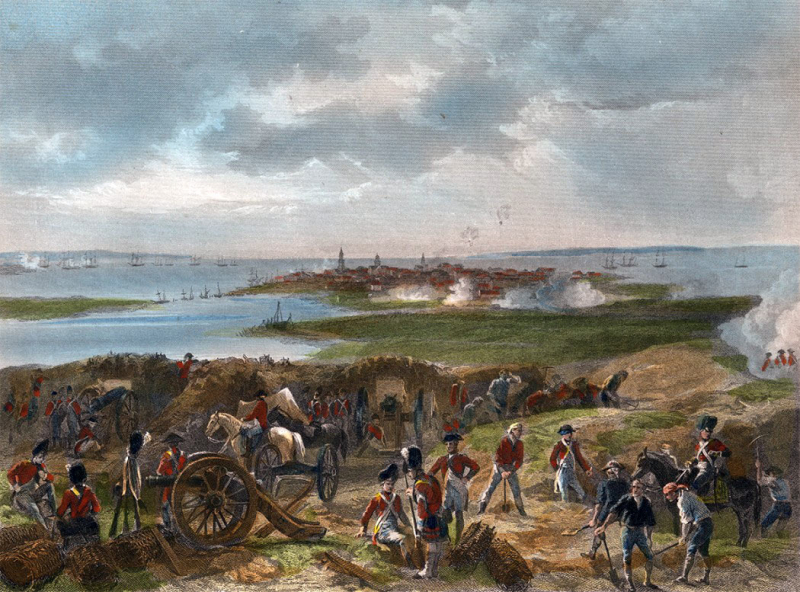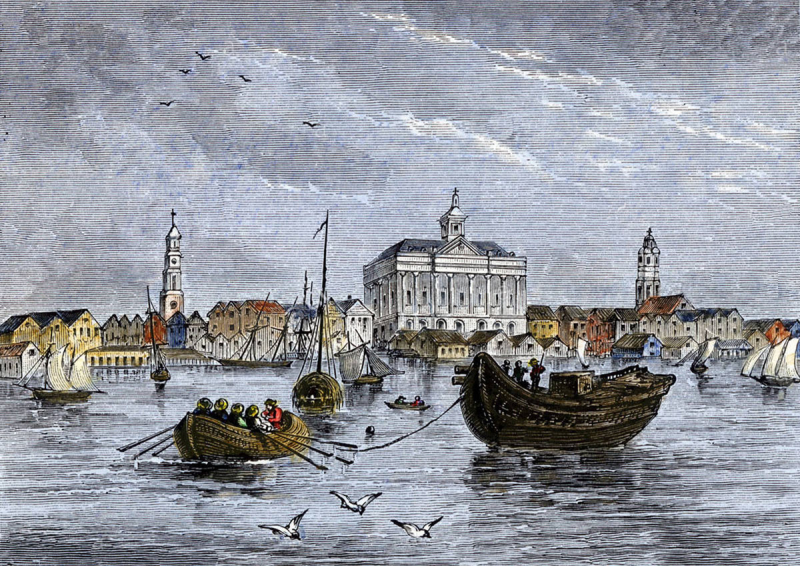The British Army had a very difficult time controlling South Carolina after forcing the surrender of the American Southern Army at Charleston
On May 12, 1780, the British Army successfully forced the American Southern Army to surrender at Charleston, South Carolina after winning the Charleston battle, calling it the Charleston Victory day. Nearly 6,000 Americans were now out of the war and there was no organized army left in the south. British strategy to focus their efforts on the south was proving fruitful as they have just gained such an important victory. At that point, the British Army could proudly say that the cities of Savannah and Charleston were completely under their control.
However, problems started to appear after the victory, putting the British Army in a tough position, especially after the two leaders spread away. Leaving Lord Cornwallis in command in the south, Sir Henry Clinton sailed back to New York. Cornwallis was to reestablish the Royal government in South Carolina and move north to take control of North Carolina. Quickly, however, Cornwallis realized that although his army could win battles, they could not control the Carolinas. While few Loyalists rallied around the King’s standard, Patriot militia and guerilla forces were effective in hitting British outposts. Soon, civil war broke out across the Carolinas and Cornwallis realized that reestablishing British authority was harder than winning a stand-up battle. This was one of many times that the British Army found themself struggles in the Battle of Camden.














